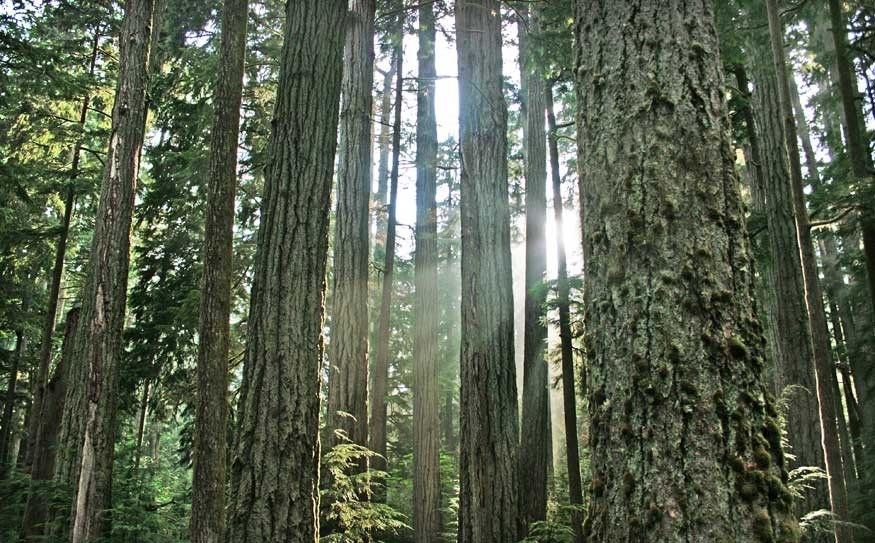It was another quiet year for Whistler’s Cheakamus Community Forest (CCF), with no real harvesting taking place aside from the ongoing fuel-management project on Cheakamus Lake Road.
“That’s been the focus of the community forest for the last couple of years … the fuel hazard reduction treatments, and yeah, there’s just not a lot of logging that we’ve been doing for the last decade, really,” said CCF manager Simon Murray.
“There is just not a lot of opportunities there for us right now just because of the economics of it.”
The project includes almost 100 hectares of fuel treatment along the Cheakamus Lake Road, Murray said, adding that the work is being carried out by the Squamish and Lil’wat nations (partners with the Resort Municipality of Whistler in the CCF).
“It’s just a real quiet kind of time right now, and our First Nations partners, we’ve been keeping them as busy as we can,” Murray said.
As such, forest harvesting plans remain largely unchanged from previous years (find them at cheakamuscommunityforest.com).
“We may or may not harvest any of that this year, it depends on whether the partners are interested in doing that,” Murray said.
“We do have a couple of newer proposals that we’re looking at developing, whether it’ll happen this year or whether we just get it organized this year, we’ll see.”
While markets for certain products have bounced back after some down years, pulp markets remain sluggish, Murray noted.
“The solid logs are in pretty good shape, and there is some opportunity there,” he said.
“I’m hopeful that we’ll get some actual harvesting completed this year, and get [some of the] jobs that come for the community forest partners.”
While commercial logging around Whistler remains a sore spot for many—particularly in terms of old growth—the CCF is built on a complex relationship, said Councillor Arthur De Jong, who sits on Whistlers’ Forests, and Wildlands Advisory Committee (FWAC).
While there has been no commercial harvesting during his tenure on the board, “we’re very sensitive to our First Nations partners,” De Jong said.
“We cannot operate at a loss … It’s intended to be an economic opportunity [and] job creator for our respective nations.”
That said, De Jong sees little value in commercial logging around Whistler.
“Whistler is nature-based tourism, not resource extraction. Trees are worth more left standing than being removed,” he said.
“I deeply respect the forest industry in B.C.; it’s an enormous job creator for many, many communities in the province, but in the case of Whistler, a tourism hub of the province, I think it could damage our brand, the commercial logging aspect.”
The provincial government’s old-growth management review, the findings of which were released in September, could provide a new path forward, he added.
“So I’m interested to hear other councilors’ views on it,” he said.
According to meeting minutes, Resort Municipality of Whistler environmental stewardship manager Heather Beresford presented to the FWAC on Nov. 18, highlighting among other concerns, a need to “reconnect the CCF with the community”—which prompted Coun. Cathy Jewett to request an update to council.
The CCF’s harvesting plan needs to be updated to reflect new changes and current economic realities, Jewett said.
Council is scheduled to hear an update on the CCF at the Feb. 16 Committee of the Whole meeting.
While the CCF can always do better, De Jong said Murray has been very responsive to and transparent with FWAC (which in itself is a very diverse group made up of foresters, environmentalists and more).
“So yes, there is room for improvement, keeping in mind that the community forest tenure … is the best tenure that we can have in terms of autonomy as a community working with our Crown land forests.
“So we need to understand that’s a good thing, but it can be certainly improved.”




